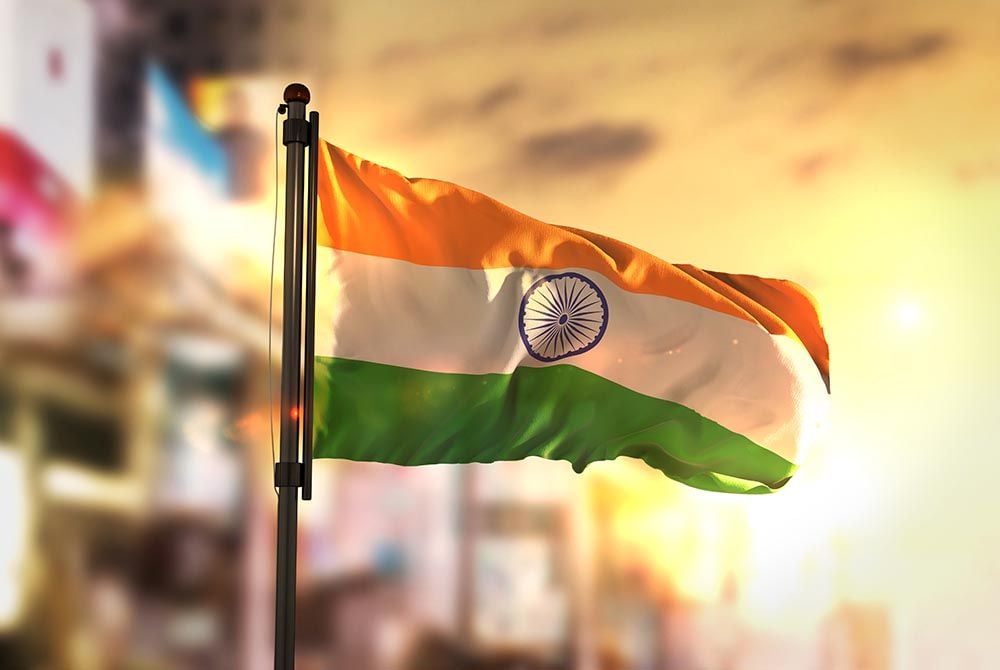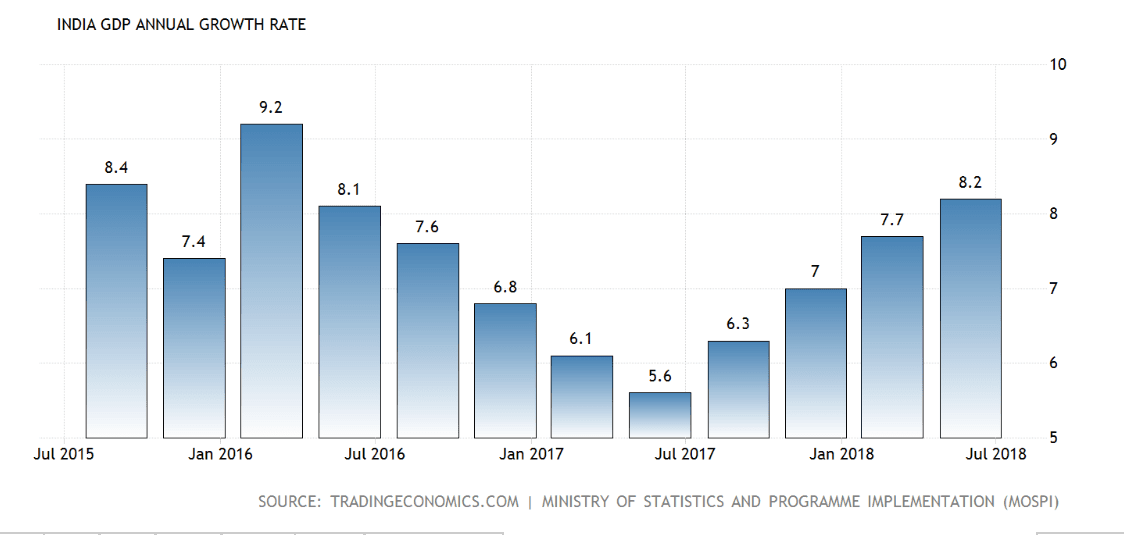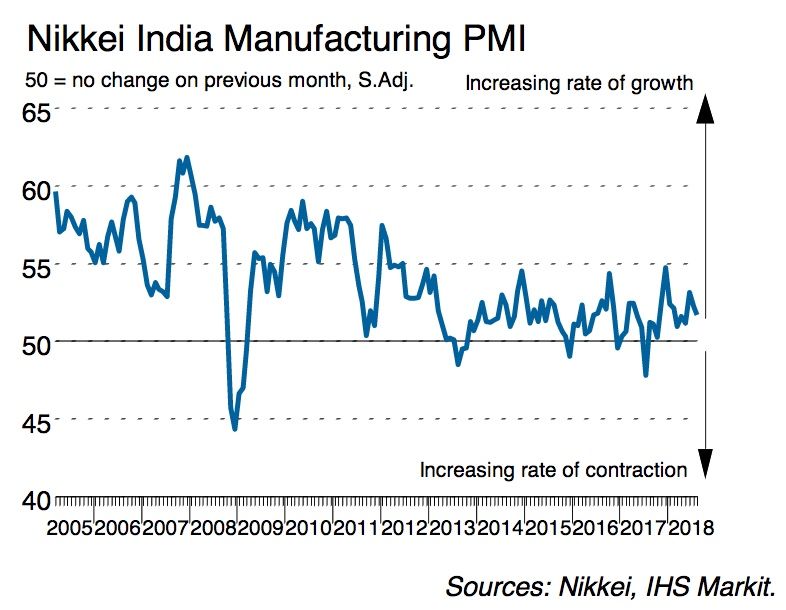Indian Rupee Outlook for the Week Ahead: Decidedly Mixed

Image © Natanael Ginting, Adobe Stock
- Bearish and bullish indicators balanced for Indian currency
- Manufacturing activity continues to slow
- Analysts views and fundamental data mixed
The Indian Rupee has gained ground against the Pound at the start of the new trading week, the GBP/EUR exchange rate has fallen from the previous week's close of 91.7290 to a spot price of 91.3250 on Monday at 10.00 B.S.T.
The Indian currency is marginally lower versus the Dollar, however, with USD/INR trading at 70.842 at the time of writing versus a spot price close of 70.805 at the end of last week.
It is also lower against the Euro, with EUR/INR trading at 82.2643 from a previous week spot price close of 82.1863.
The performance reflects recent Indian data which has been decidedly mixed of late, with markets and analysts looking for signs as to a whether soft-spot in the economy will deteriorate into something more concerning.
Indian second quarter GDP data released last week, for example, was very strong after showing a 8.2% rise compared to a year ago; whilst the Nikkei Manufacturing PMI survey out on Monday was not so positive, after falling to 51.7 in August from 52.3 in July, a figure that undershot analysts' expectations of a rise to 52.8.
The PMI numbers are surveys of the economy and are therefore much more timely, whereas official GDP numbers are more backward-looking in nature.
Therefore, the tenor of the PMIs could hint at a potential decline in GDP activity over coming quarters.
Concerning the remainder of the week ahead, the next major release for the Rupee is Nikkei Services PMI, out at 6.00 B.S.T on Wednesday, September 5.
The Rupee has been battered by the recent ratcheting up of geopolitical risks and escalating war on trade which has led to a fall in the Lira and Argentine Peso, and rise in the Dollar.
The currency has fallen by over 10% versus the Dollar in 2018 and 5% versus the Pound.
It now holds the dubious title of being the worst performing Asian currency versus the Dollar over the year.
The future may not be as bleak as feared for the Rupee, even if global trade war concerns escalate.
"Emerging market currencies have stronger defences than they did during the currency crisis 20-years ago. Many EM central banks learned the lessons of the past and amassed more reserves to fight a future currency crisis with, says Simon French, chief economist at Panmure Gordon, in an interview with Bloomberg, "however, that is not to say I am sanguine about EM risks either."
And, given the country's strong growth record it seems odd the Rupee has weakened so much.
The decision by the Reserve Bank of India (RBI) not to intervene in currency markets and prop up the INR is one explanation, according to Antje Praefcke, an analyst at Commerzbank, and another is the rising price of oil which India has to import on a large scale due to a lack of its own oil resources.
Nor does Praefcke see any change on the horizon, "If RBI is playing it cool and preserving its ammunition for seemingly a bigger fight in 2019, we could see USD/INR remain above the 69-70 level near term," says the analyst.
This contrasts with the view put forward by Skandinaviska Enskilda Banken (SEB) that the Rupee has probably now bottomed and is due a rebound, based on strong growth and the RBI's decision to raise interest rates.
Higher interest rates tend to strengthen a currency because they lead to an increase in foreign capital inflows due to the higher relative returns on offer.
Pound-to-Rupee Technical Forecast
The charts do not offer much clarity on GBP/INR's prospects at the present time.
Longer-term the bias seems to be bearish with the 50-month moving average (MA) at 91.6874 having pressured the spot price lower from this morning's 91.72 high.
Large MAs present major obstacles to the trend and GBP/INR will probably stall or pull-back at the current level. Often they are also the site of full-scale reversals of the trend.
The more bullish daily chart, however, contradicts the bearish longer-term prognosis.
The pair bounced from the major trendline it found support at in the 88s and has formed two higher highs (HH) and higher lows (HL), indicating a new short-term uptrend is probably unfolding.
This suggests more upside is on the cards, yet the location of the 50-month MA at the current highs suggests the opposite.
It could be that we are likely to see further sideways action over coming days.
Advertisement
Get up to 5% more foreign exchange for international payments by using a specialist provider to get closer to the real market rate and avoid the gaping spreads charged by your bank when providing currency. Learn more here




